Description
Willem de Zwart was born in The Hague where he lived and studied until 1894. He studied at the Hague Academy and from 1877 he was taken under the care of Jacob Maris. The then experienced master of the Hague School, but not yet at the peak of his fame, often gave advice to young people, but Willem de Zwart must be regarded as his one and only student. During this apprenticeship he mainly had to copy old masters in the Mauritshuis and watercolor still lifes. Until the mid-eighties there is a logical relationship between De Zwart’s work and that of Maris. In those years, De Zwart also spent a lot of time with George Hendrik Breitner, who was about the same age, who was studying in The Hague at the time. The two made a trip to Drenthe in 1885 and painted several similar subjects.
His choice of subjects belonged to the Hague School and his style and his exuberant use of color to the school of Amsterdam Impressionism. Willem de Zwart’s work shows a wide range of subjects: landscapes, cityscapes, portraits and still lifes, rendered in a naturalistic-impressionist style.
He is also known as the “Hague Breitner” because of the similarity of his work to that of George Hendrik Breitner. He painted his landscapes, figure paintings and still lifes with smooth, bold brushstrokes. De Zwart applied the paint thickly, sometimes straight from the tube, with bright colors, exuberant reds, yellows, and blues, giving his paintings special vibrancy.
This large painting by Willem de Zwart shows us a beautiful day in a Dutch landscape where the farmer is milking his cows. He painted his landscapes, figure paintings and still lifes with smooth, bold brushstrokes. De Zwart applied the paint thickly, sometimes straight from the tube, with bright colors, exuberant reds, yellows, and blues, giving his paintings special vibrancy. The impressive size makes this monumental painting an important work in Willem de Zwart’s oeuvre. De Zwart moved from the Hague to Hilversum in 1894. Farmers and cows became an important subject to the master. This rustic landscape with a beautiful sky contrasting with the green grass and brown mud is a beautiful example from this period.

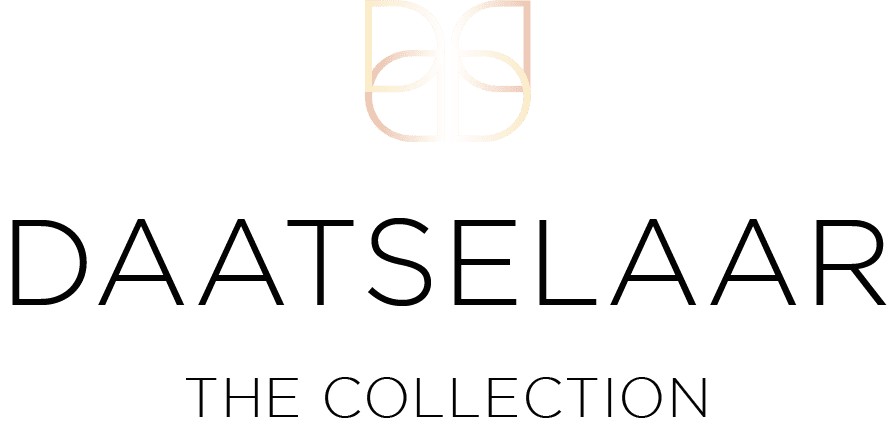

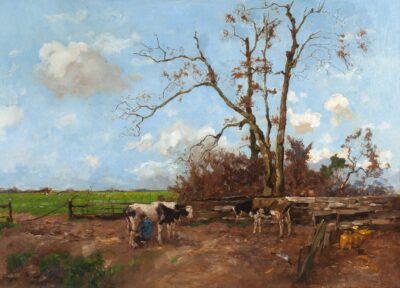
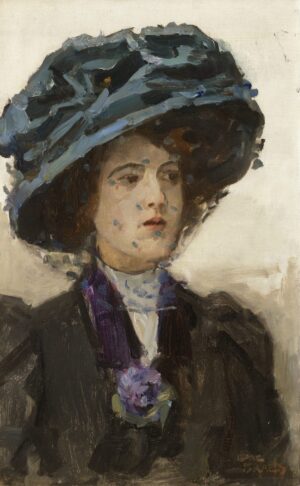
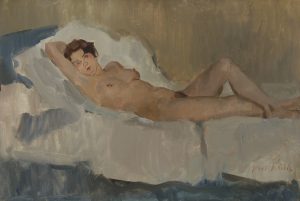
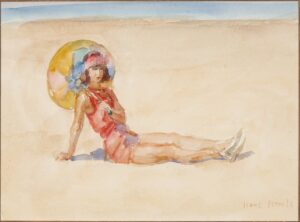

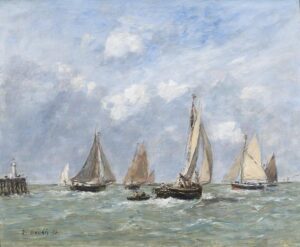
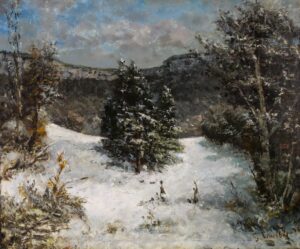
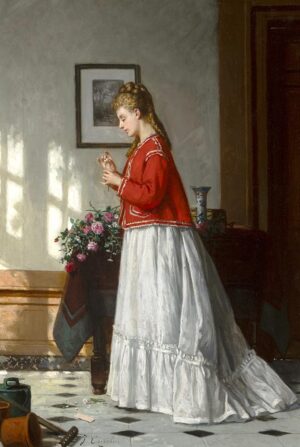
Reviews
There are no reviews yet.